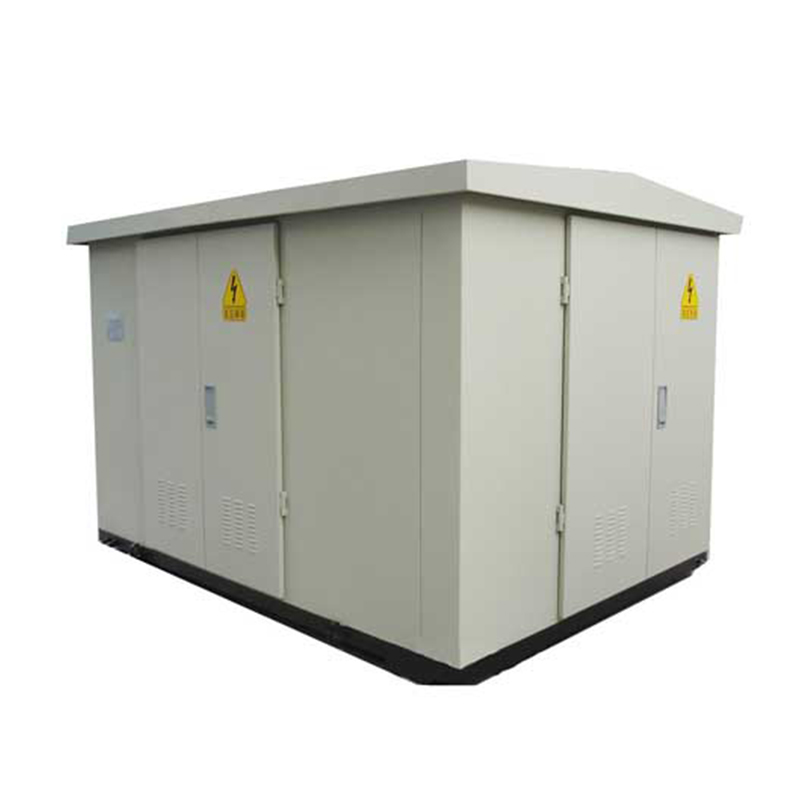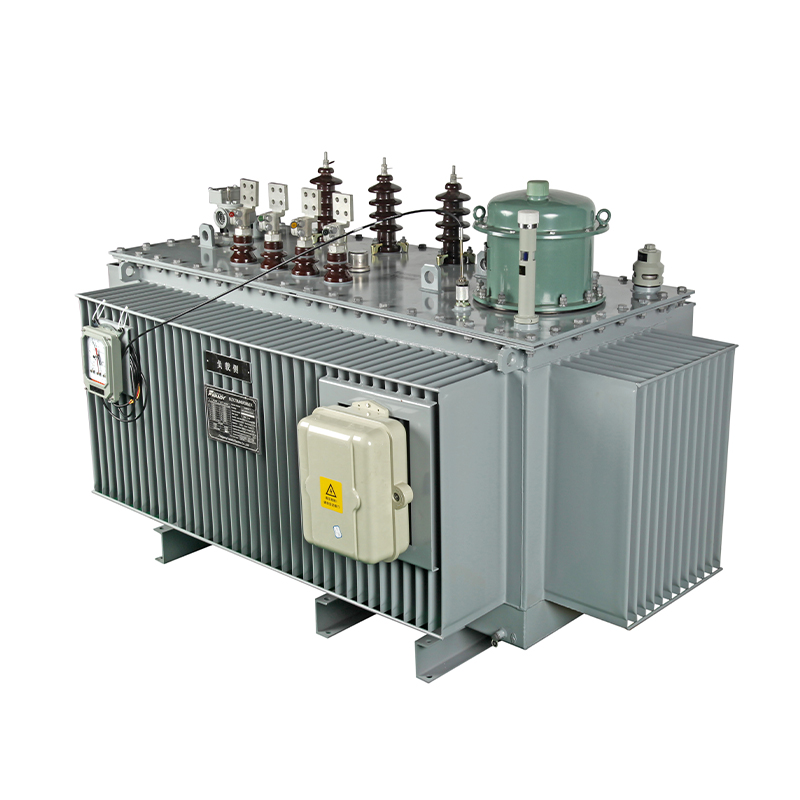Electromagnetic Compatibility Analysis of Stepped Voltage Regulator

Electromagnetic Compatibility Analysis of Stepped Voltage Regulator
As an important power equipment, the electromagnetic compatibility (EMC) of a stepper voltage regulator is crucial for the stable operation of the equipment and the safety of surrounding electronic devices. The following is a detailed analysis of the electromagnetic compatibility of a stepper voltage regulator:
1、 Sources and Effects of Electromagnetic Interference
The stepper voltage regulator may generate electromagnetic interference during operation due to its special working principle and high-frequency switching operation. These interferences may not only affect the normal operation of the regulator itself, but also have adverse effects on surrounding devices.
2、 Electromagnetic compatibility design and testing
In order to solve the problem of electromagnetic interference, a series of measures need to be taken in the design and testing process of a stepper voltage regulator:
1. Choose appropriate drivers and control circuits: These circuits should have good electromagnetic immunity and be able to resist external electromagnetic interference.
2. Reasonable layout and wiring: Try to minimize the distance between current circuits and signal lines, use shielded cables and connectors to reduce electromagnetic radiation and sensitivity.
3. Ground design: Using a large area of ground layer, improving the performance of the ground by increasing the density of ground connection points and ground circuits, and reducing the length of ground circuits.
4. Conduct electromagnetic compatibility testing: Use professional electromagnetic compatibility testing equipment such as spectrum analyzers and radiation scanners to evaluate the electromagnetic radiation and sensitivity of stepper voltage regulators.
3、 Improvement measures
According to the test results, the following measures can be taken to improve the electromagnetic compatibility of the stepper voltage regulator:
1. Add shielding materials or shields to reduce electromagnetic radiation and sensitivity.
2. Optimize circuit layout: further reduce the generation of electromagnetic interference.
3. Introducing filters: Suitable electromagnetic interference filters are introduced at the input and output terminals of the power regulator to suppress high-frequency noise and harmonics. These filters can help control electromagnetic noise within specified limits.
4、 Compliance and Standards
Finally, it is crucial to ensure that the stepper voltage regulator complies with relevant electromagnetic compatibility standards. This includes international standards (such as EN, IEC) as well as standards in specific fields. By conducting compliance testing and certification, the electromagnetic compatibility of the equipment can be further ensured.
In summary, the electromagnetic compatibility design and testing of stepper voltage regulators is a systematic project that requires a series of measures to be taken during the design and testing process to address electromagnetic interference issues. Through reasonable design and testing, as well as necessary improvement measures, we can ensure that the stepper voltage regulator operates stably in complex electromagnetic environments without causing interference to surrounding devices.
Relate Products
Relatenews
- Step Voltage Regulators: Key Specifications to Know 2025-09-05 15:31:00
- The Future of Step Voltage Regulators in Smart Grids 2025-08-25 08:16:00
- Efficiency Metrics for Step Voltage Regulators 2025-07-19 08:45:00
- Step Voltage Regulators: Addressing Voltage Flicker in Welding Operations 2025-07-08 17:49:00
- Application and Challenges of step voltage regulator in Ocean Engineering 2024-12-26 15:41:41
- Seismic performance evaluation and reinforcement suggestions for step voltage regulator 2024-12-26 15:41:39
- Compact Design and Space Optimization Scheme of step voltage regulator 2024-12-26 15:41:38
- Discussion on the Integration of Intelligent Manufacturing and Industrial Internet of Step by step voltage regulator 2024-12-26 15:41:37





